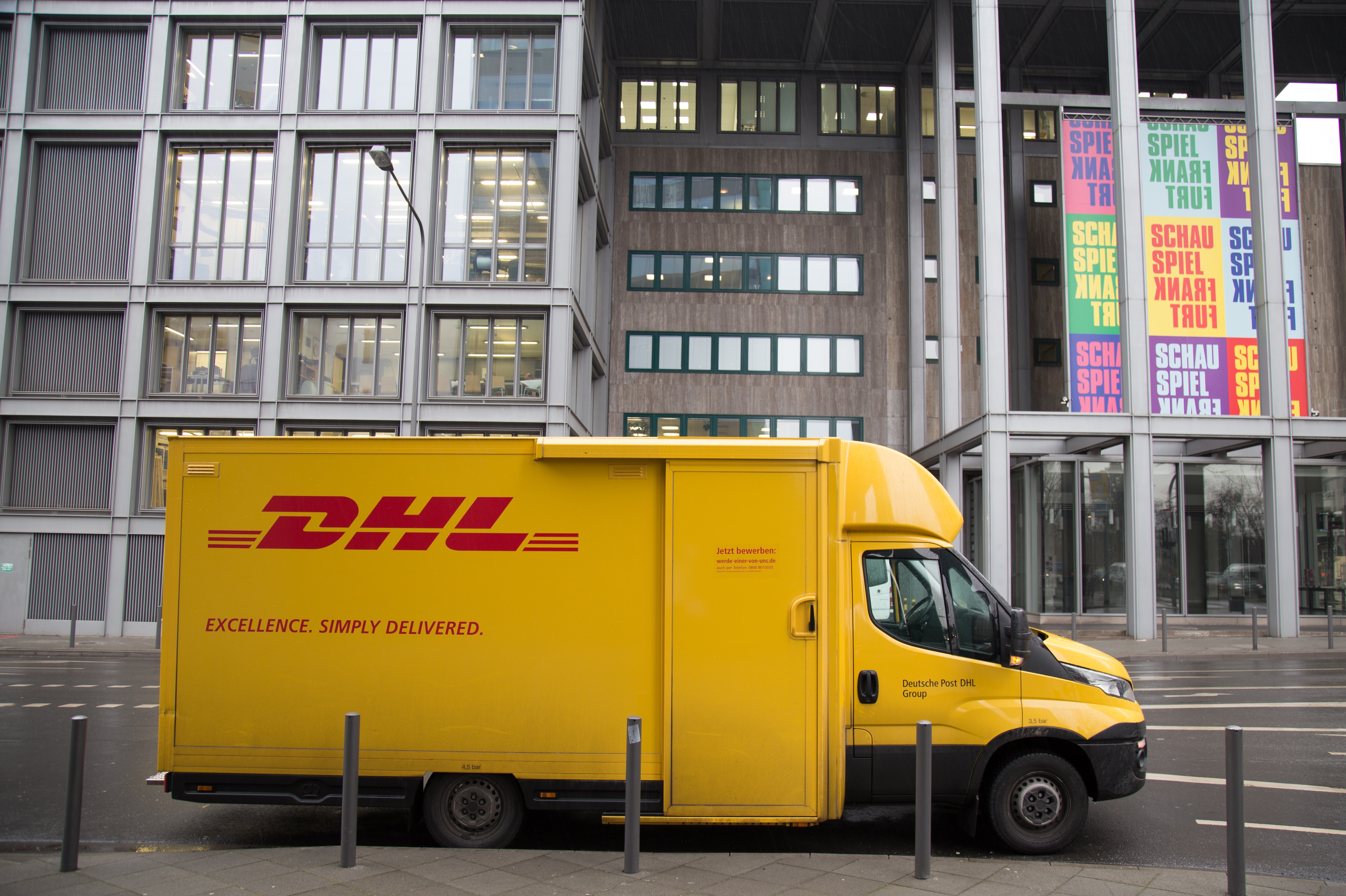Just as sharks must swim perpetually to stay alive, so too must an eCommerce business stay in a constant state of evaluation and improvement. The competition is simply too fierce to be complacent.
However, achieving this may not always be straightforward. Determining both what the critical metrics are, and also how to measure and boost them, can be a challenge in itself.
Our work at SkuNexus is focused entirely on developing management tools to help eCommerce merchants optimize their order fulfillment processes. We learn something new from every different online store we encounter.
One of the most important things we can do is share our knowledge with brands. Then, hopefully, assist them in solving their order management and backend issues.
Evaluating and improving your fulfillment performance involves a series of steps, formulas, measurements, and KPIs. It takes some effort to do correctly, but everything worth doing is worth doing right, right?
Here we will discuss a variety of methods to gauge how your eCommerce order fulfillment operations are performing. We also touch on solutions to improve your performance, both now and well into the future.
Time: The most valuable commodity
It is no coincidence that, across all industries, most performance measures are based on time. From airline departures to pizza deliveries, time is of the essence.
ECommerce fulfillment has several processes comprising the whole. Each one can be evaluated individually to assess how/where time can be saved. The cumulative effect of shaving off precious seconds and minutes at various stages can be enormous.
Accuracy: The crucial 2nd component
A critical second factor must also be measured in concert with time - accuracy. Performing tasks as quickly as possible is always the goal. However, countless race car drivers have shown that speed combined with inaccuracy can result in a wreck.
The goal of eCommerce fulfillment optimization is to combine the greatest reduction in time with the highest attainable levels of accuracy. Let’s look at several steps to take in order to achieve this.

Warehousing
Measuring fulfillment performance doesn’t just begin after your OMS has routed an order for processing. Multiple operations prior to this may all be evaluated and improved upon.
Receiving
An efficient loading dock can serve as a catalyst for streamlined fulfillment. Breakdowns and tie-ups here will have a ripple effect throughout the warehouse.
Common KPIs for gauging receiving performance include:
- Cost Per Receiving Line: (Labor x time) + handling + equipment
- Receiving Productivity: Volume of goods received per warehouse clerk per hour
- Receiving Accuracy: Percentage of correctly received orders vs. purchase orders
- Dock Door Utilization: Percentage of total dock doors utilized
- Receiving Cycle Time: Time to process each receipt
Speed and accuracy in receiving begin with clerks armed with barcode scanners. These barcode scanners should be directly connected to your Inventory and Warehouse Management Systems (IMS/WMS). Knowing what shipment(s) should be arriving, and when, can impact how receiving department labor is scheduled. This information can be accessed through an organized Vendor Management System (VMS).
Putaway
The process of getting items into storage is a vital part of warehouse operations. It must be managed through automation to ensure efficiency and accuracy.
Measuring putaway performance involves:
- Putaway Cost Per Line: (Labor x time) + handling + equipment
- Putaway Productivity: Volume of stock per warehouse clerk per hour
- Putaway Accuracy: Percentage of items at correct warehouse location
- Labor and Equipment Utilization: Labor and material handling equipment used during putaway process
- Putaway Cycle Time: Total time taken during entire putaway process
The control afforded by a warehouse management system (WMS) can have a tremendous impact on the putaway process. In a directed putaway model, the WMS determines where items will go, as well as the best route to get there.
Accurate putaway helps considerably with pick & pack. Reducing warehouse team members' “travel time” is a fundamental way to lower costs, maximize efficiency and improve warehouse operations.
Inventory/Storage
Once items are scanned into inventory and stored, they must still be evaluated. Here are some important warehouse KPIs re: storage efficiency.
- Carrying Cost: Sum total of costs of inventory, capital, service, damage, and obsolescence
- Storage Productivity: Volume of inventory per square foot
- Space Utilization: Space occupied by inventory/total space available
- Inventory/Sales Ratio: Measure of stock levels against sales
An intelligent inventory management system (IMS) can provide data for decision-making around warehouse configuration and the grouping of kitted items.
An IMS like SkuNexus also helps optimize inventory levels, enables much easier cycle counting, and assists in forecasting future sales growth. Deep insights into inventory enable a merchant to anticipate and avoid events like overstocks and stockouts.

Fulfillment Management
Once customer orders are placed via a merchant’s eCommerce website, the fulfillment process, as it is generally defined, begins. At every stage exist opportunities for evaluation and improvement.
Pick & Pack
The fundamental operations for fulfilling orders, pick & pack, consist of multiple metrics to consider.
- Pick/Pack Productivity: Number of orders picked and packed per hour/day/week
- Pick/Pack Accuracy: Percentage of orders picked and packed without error
- Pick/Pack Cycle Time: Time taken to pick/pack each order
Automation has become the critical component of managing and optimizing pick & pack in the eCommerce fulfillment model. It will increase productivity and accuracy and reduce cycle time for the entire process.
Pickers receive pick slips with detailed location information as well as directed routes through the warehouse. Valuable time is saved as manual picking decisions are eliminated.
Packers receive detailed instructions on parcel sizes and packing materials. Inefficient manual guesswork is completely eliminated from the packing process.
Shipping
Shipping is often viewed as out of a merchant’s control, yet all of the aforementioned processes can impact shipping. By implementing management software/automating processes throughout fulfillment operations, time is saved and accuracy increases. As a result, everything is accelerated, and items can often ship/be delivered earlier than originally promised.
From a fulfillment perspective, shipping can be measured by these metrics:
- Time to ship: Ship date – date order was placed
- Average delivery days: Total days to deliver all orders ÷ total number of orders delivered
- On-time ratio: Number of orders delivered on-time ÷ total shipments
SkuNexus also employs a shipping management system that continuously monitors rates between various carriers to select the best option. This automates the decision and optimizes shipping across multiple inputs (cost, speed, service level, customer location).
Throughput
A standard measurement for manufacturing, the model works equally well in assessing eCommerce order fulfillment. It can include receiving/putaway, however, for our purposes, it will be defined as:
- Order Fulfillment Throughput: Rate at which orders are fulfilled (pick/pack/ship) in a given period of time
Throughput can be viewed as an aggregate measure of your fulfillment processes. The significant amount of time saved across all operations by management software will be reflected here.

Errors/Returns/Customer Satisfaction
At SkuNexus, we continually discuss accuracy as a crucial goal for any eCommerce merchant. The various fulfillment KPIs we discussed (receiving accuracy, putaway accuracy, pick/pack accuracy) are also reflective of errors.
- Error Rate: 100 - accuracy rate
Errors are a metric that every business wants to keep to an absolute minimum. As noted above, management software can provide powerful tools to ensure accurate, continual accounting of inventory. SkuNexus updates inventory across all channels in real time, ensuring that everyone is accessing the same information.
This can help with returns as well. A certain percentage of orders will be returned for various reasons. Though eliminating returns due solely to error should be a very attainable goal for your brand.
Returns-focused KPIs are:
- Return Rate Percentage: (Total number of items returned ÷ total number of returns) x 100
- Refund/Exchange Ratio: Total number of returns involving refund request vs. those requesting item exchange
This all leads to one of the ultimate measures of how any company is doing - satisfied customers. If your order fulfillment is efficient, accurate, on-time, and error-free, the customer should have confidence in your business. This confidence will allow them to return, leave positive online reviews, and recommend your brand to friends and family. It will also mean less time and cost in ongoing customer service.
Important metrics to monitor re: customer satisfaction include:
- Return Customer Rate: Ratio of customers that have made more than one purchase to the total number of customers
- Customer Lifetime Value: (Annual revenue per customer x length of customer relationship in years) – customer acquisition cost
At SkuNexus, we believe that there is always room for improvement, namely implementing management software and automating fulfillment operations. If done correctly, your team can increase efficiency, productivity, and accuracy while reducing errors, returns, and work itself.
To learn how our solution can become an integral component of your improvement plan, please book a demo.

